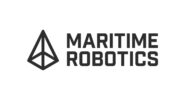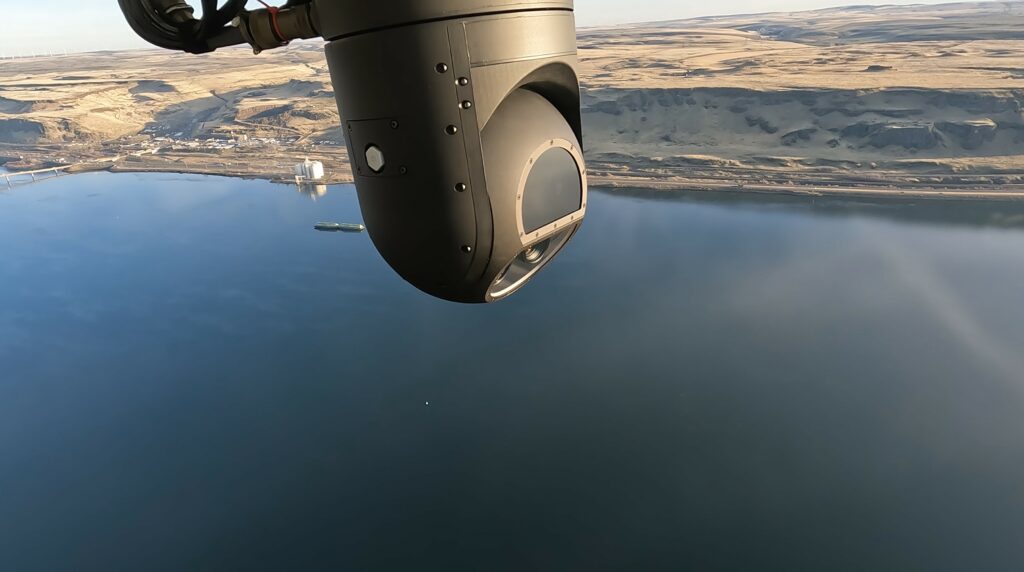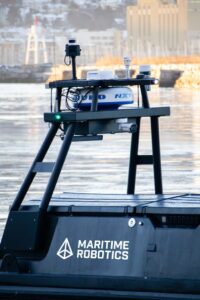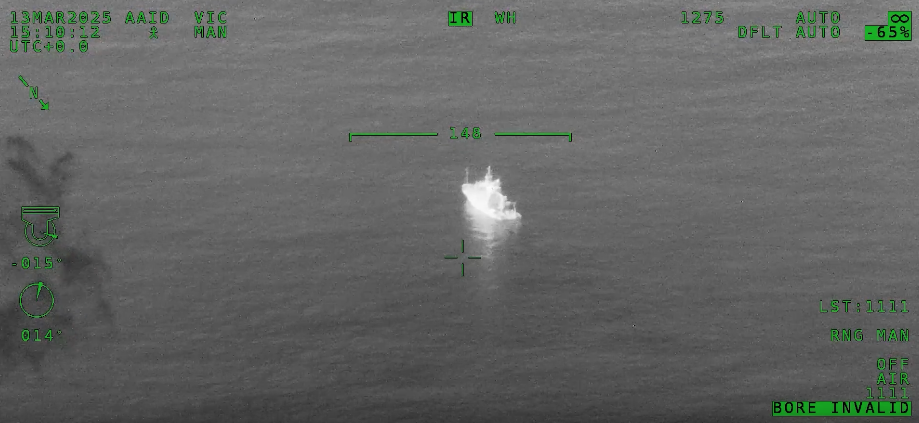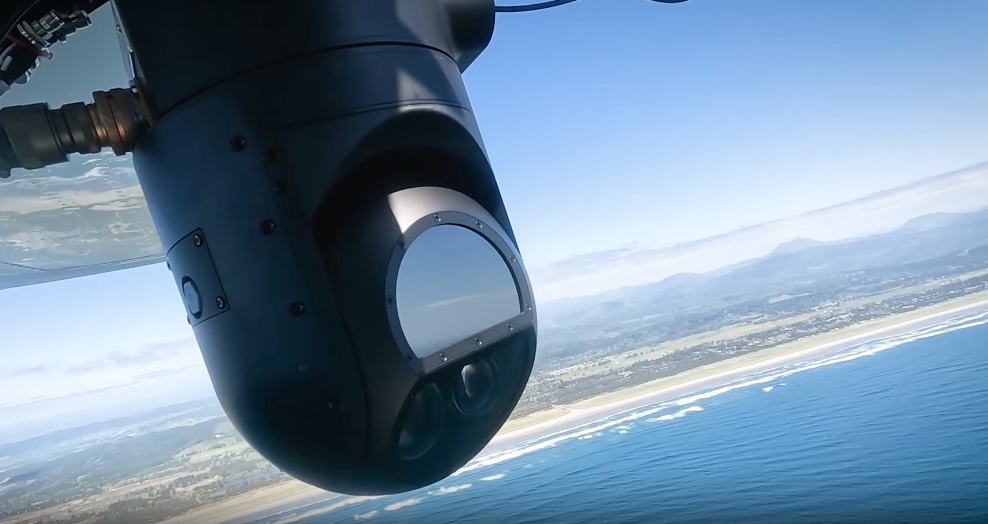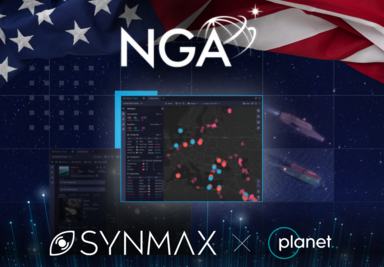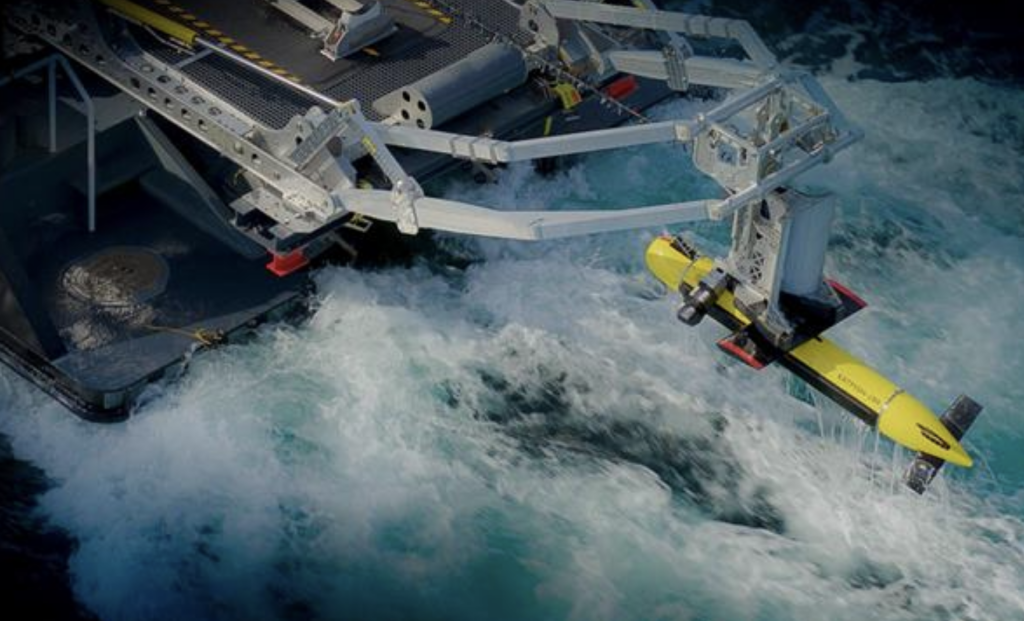Suppliers
Add your company
Marine Acoustic Hardware for Maritime Surveillance and Oceanography
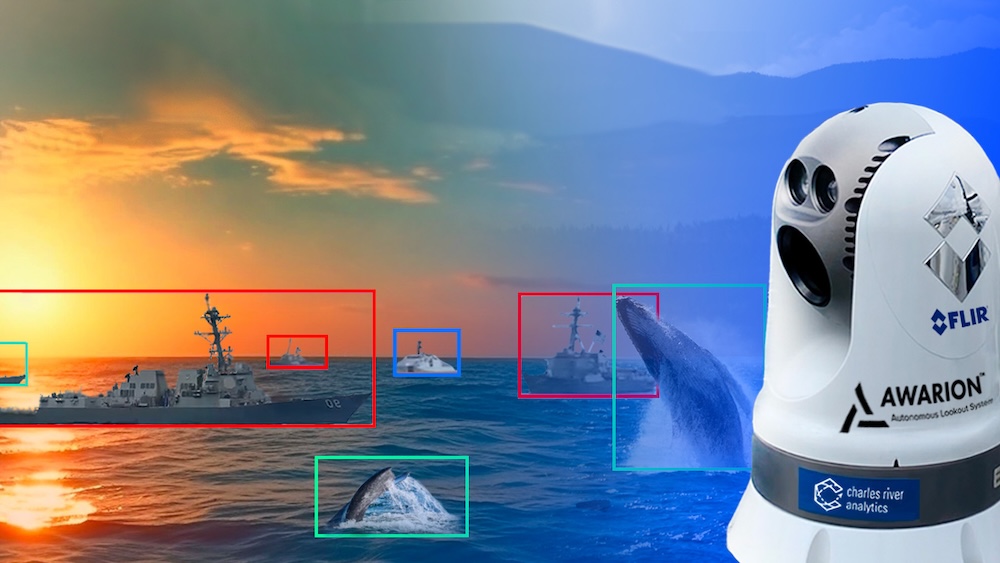
AI Maritime Monitoring & Marine Systems Test Facility
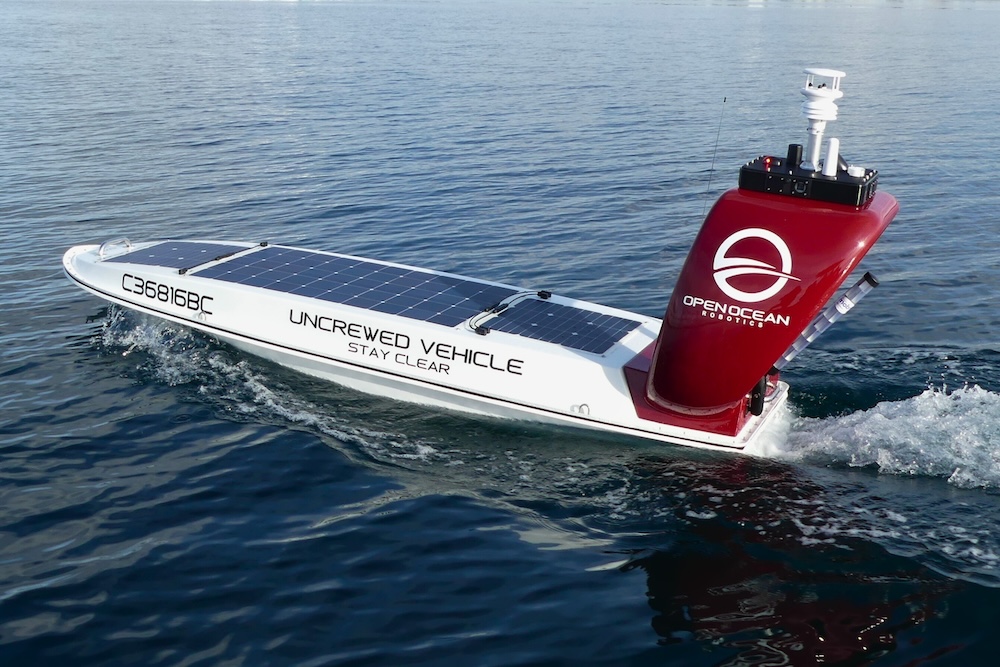
Reliable Solar-Powered USVs for Real-Time Oceanographic & Maritime Data Acquisition
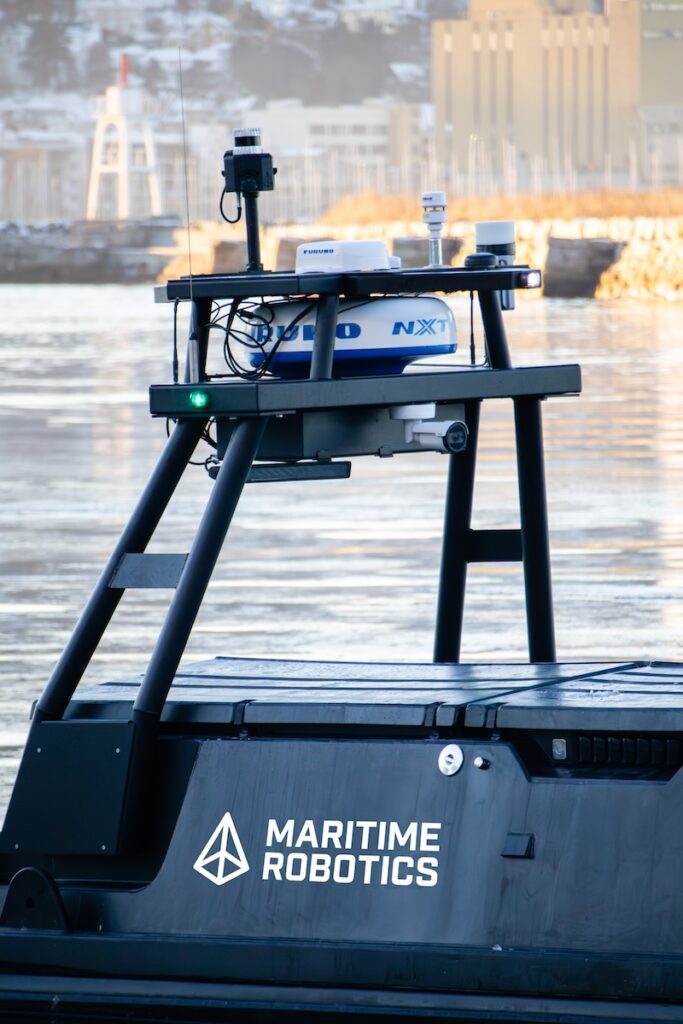
Innovative Autonomy & Uncrewed Vessel Technologies for Maritime Operations
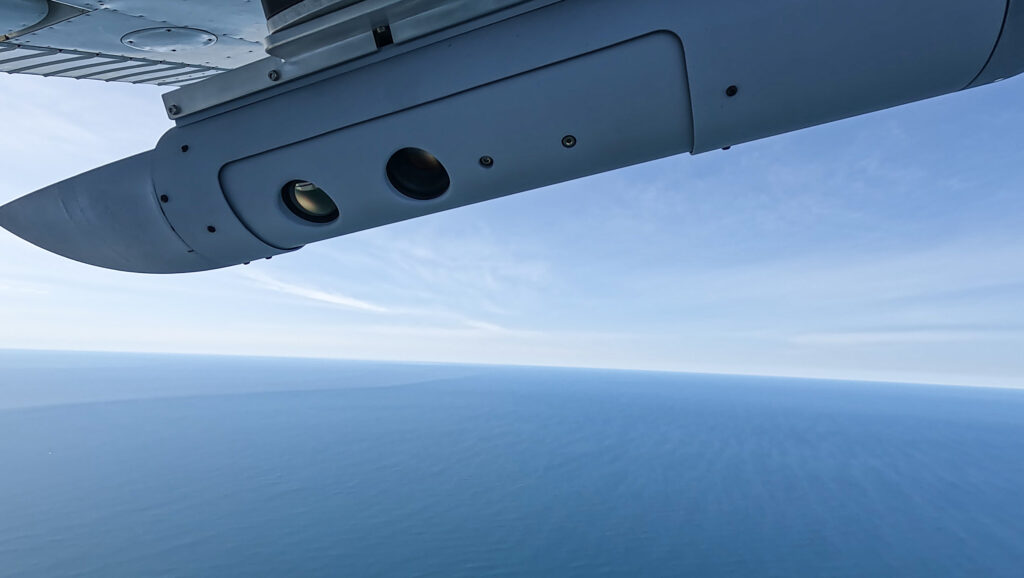
AI-Powered Wide-Area Imaging Systems for Maritime Search & Surveillance
If you design, build or supply Maritime Domain Awareness, create a profile to showcase your capabilities on this page
Products
Maritime Domain Awareness Technology
Introduction to Maritime Domain Awareness
Maritime Domain Awareness (MDA) forms the essential intelligence layer for critical decision-making across national security, maritime safety, and environmental protection. By fusing disparate technologies, intelligence, and interagency cooperation, maritime domain awareness systems deliver a persistent, real-time, and coherent operational picture of oceans and coastal zones.
The strategic importance of maritime domain awareness lies in its ability to transform vast, dynamic, and often opaque marine spaces into actionable intelligence. By integrating inputs from a comprehensive suite of sensors such as specialized subsurface acoustics, satellites, radar, and unmanned systems, maritime domain awareness enables authorities and researchers alike to detect threats, protect critical marine assets, and ensure the lawful and sustainable utilization of ocean resources.
MDA plays a critical role in supporting:
- Maritime Security Response Teams: Providing early warning of potential hostile activity and supporting navy and coast guard operations.
- Critical Offshore Infrastructure: Monitoring threats to offshore energy facilities, subsea cables, and communication systems vital to global economies.
- Combating Illegal Activities: Detecting smuggling, piracy, and IUU (Illegal, Unreported, and Unregulated) fishing, ensuring compliance with international maritime law.
- Environmental and Scientific Operations: Facilitating pollution tracking, search and rescue missions, and disaster response through integrated data sharing, as well as providing critical data for oceanographic research.
Maritime Domain Awareness System Components
At its core, a robust maritime domain awareness system relies on three integrated pillars: sensor networks, advanced data processing, and secure communication.
Sensor Networks and Data Acquisition
Maritime radar systems such as coastal surveillance radar, Over-the-Horizon (OTH) radar, and space-based radar deliver wide-area vessel detection and tracking. Satellite assets strengthen this layer through Synthetic Aperture Radar (SAR) for all-weather imaging and Space-Based Automatic Identification System (S-AIS) for global vessel tracking.
Supporting sensors add further precision. Electro-Optical/Infrared (EO/IR) systems provide visual and thermal confirmation of radar contacts, enhancing classification when used with Automatic Identification System (AIS) data.
Acoustic and underwater surveillance combines passive and active sonar with fixed or deployable hydrophone arrays to detect subsurface activity. These systems are often complemented by oceanographic platforms such as Argo floats and moored buoys to provide data on ocean currents, water column conditions, and long-term environmental patterns.
Unmanned platforms extend sensor reach and persistence. Unmanned Aerial Vehicles (UAVs), Unmanned Surface Vessels (USVs), and Unmanned Underwater Vehicles (UUVs) autonomously patrol remote or high-risk areas and transmit near real time data to command centers. Their integration fills surveillance gaps and strengthens continuous monitoring across the maritime domain.
Data Fusion and Intelligence Processing
Modern maritime domain awareness systems depend on advanced data fusion frameworks that combine information from multiple sensors into one cohesive operational view.
Sensor fusion algorithms play a central role by correlating inputs from radar, AIS, electro-optical and infrared imagery, and acoustic systems. This process removes duplicate data, improves accuracy, and ensures objects are consistently tracked and identified across all platforms.
Artificial Intelligence (AI) supports these systems by detecting unusual behaviors, such as missing transponder signals, unexpected course changes, or prolonged loitering. AI models can also anticipate potential threats or safety concerns before they develop.
Automatic Target Recognition (ATR) further enhances efficiency by using deep learning to classify imagery and radar data, reducing the manual work required and allowing faster decision-making in complex maritime environments.
Communication, Networking, and Data Links
Reliable maritime domain awareness depends on strong, secure communication infrastructure that supports seamless data exchange.
This foundation combines satellite links, VHF and HF radio, and new maritime 5G mesh networks to maintain connectivity between vessels, shore facilities, and command centers. Cloud and edge computing further support these systems by processing and sharing information closer to where it is collected, reducing delays and allowing operations to continue even when networks are limited or disrupted.
Achieving a clear operational picture also requires integration across naval, coast guard, and civilian systems. Interoperable platforms make it possible to coordinate efforts across agencies and national boundaries, improving response to shared challenges at sea. Together, resilient communication networks, distributed computing, and cross-domain collaboration ensure effective and timely maritime domain awareness.
Applications of Maritime Domain Awareness Technology
Maritime domain awareness technology extends beyond security, playing an increasingly crucial role in scientific and commercial operations across the ocean domain.
Defense and Naval Operations
In defense contexts, MDA systems form the backbone of maritime battlespace awareness. They provide early, detailed detection of potential threats, from hostile vessels to aerial or underwater incursions, feeding this intelligence into naval combat management systems. For the navy, this integration is essential for commanders to assess threat intent, coordinate fleet maneuvers, and execute timely responses. MDA also underpins command support, providing a real-time visualization of friendly and adversarial forces necessary for modern network-centric warfare.
Law Enforcement and Border Security
For coast guards and customs authorities, MDA systems deliver actionable intelligence to enforce maritime law and border integrity. Coastal surveillance radar tracks vessels entering national waters, while fused AIS and satellite feeds verify declared identities and cargo manifests. National maritime domain awareness architectures increasingly leverage automation to prioritize responses and highlight anomalies such as unauthorized vessel activity or illegal fishing fleets, thereby maximizing coverage efficiency.
Environmental and Scientific Research
MDA provides essential tools for environmental domain awareness. Environmental monitoring systems use radar, optical sensors, and specialized chemical detectors to track oil spills, floating debris, and pollution plumes, enabling rapid remediation efforts. For oceanographic research, scientists use MDA platforms to integrate data streams from gliders, research vessels, and autonomous sensors to model ocean currents, monitor sea ice and iceberg drift, and track the migration patterns of marine life.
The ability to fuse these data points provides context for understanding the long-term impact of climate change and human activity on the marine ecosystem.
Commercial Applications
For commercial security, offshore energy operators employ MDA tools to monitor mandated exclusion zones around wind farms, rigs, and critical subsea pipelines, enhancing both safety and security against intrusion. Maritime traffic management and port security rely on integrated surveillance data to maintain orderly navigation, prevent collisions, and protect harbor facilities, balancing commercial efficiency with environmental responsibility in congested shipping lanes.
Maritime Domain Awareness Interoperability Standards
Modern maritime domain awareness systems are integral components of broader C4ISR (Command, Control, Communications, Computers, Intelligence, Surveillance, and Reconnaissance) architectures. Effective integration ensures that maritime data flows seamlessly into national maritime domain awareness command centers, supporting joint and allied decision-making.
Frameworks such as the IMO e-Navigation initiative and collaborative structures like NATO MARSUR enable information sharing across borders and between diverse agencies. For the engineer, these standards are crucial as they define common data formats, interfaces, and exchange protocols (often relying on standardized XML or JSON feeds) necessary to ensure consistent situational awareness across global, multi-vendor networks.
Emerging Technologies in Maritime Situational Awareness
The adoption of Commercial-Off-The-Shelf (COTS) and Modular Open Systems Architectures (MOSA) has lowered barriers to entry, allowing organizations to deploy scalable and flexible maritime situational awareness systems.
Emerging technologies are actively reshaping the landscape, with AI-driven predictive surveillance enabling proactive detection of threats and illegal activities by modeling and predicting vessel intent, and autonomous decision support systems that enhance human operators with real-time analysis, scenario modeling, and decision recommendations.
Furthermore, the continued deployment of new persistent satellite constellations and High-Altitude Pseudo-Satellites (HAPS) provides truly continuous global maritime coverage. Digital twin technologies model the ocean environment, vessel behaviors, and system performance in real time for advanced planning, risk analysis, and training. Together, these innovations are rapidly transforming MDA from reactive monitoring into an anticipatory, intelligence-led discipline, fundamentally strengthening maritime security and safety worldwide.







